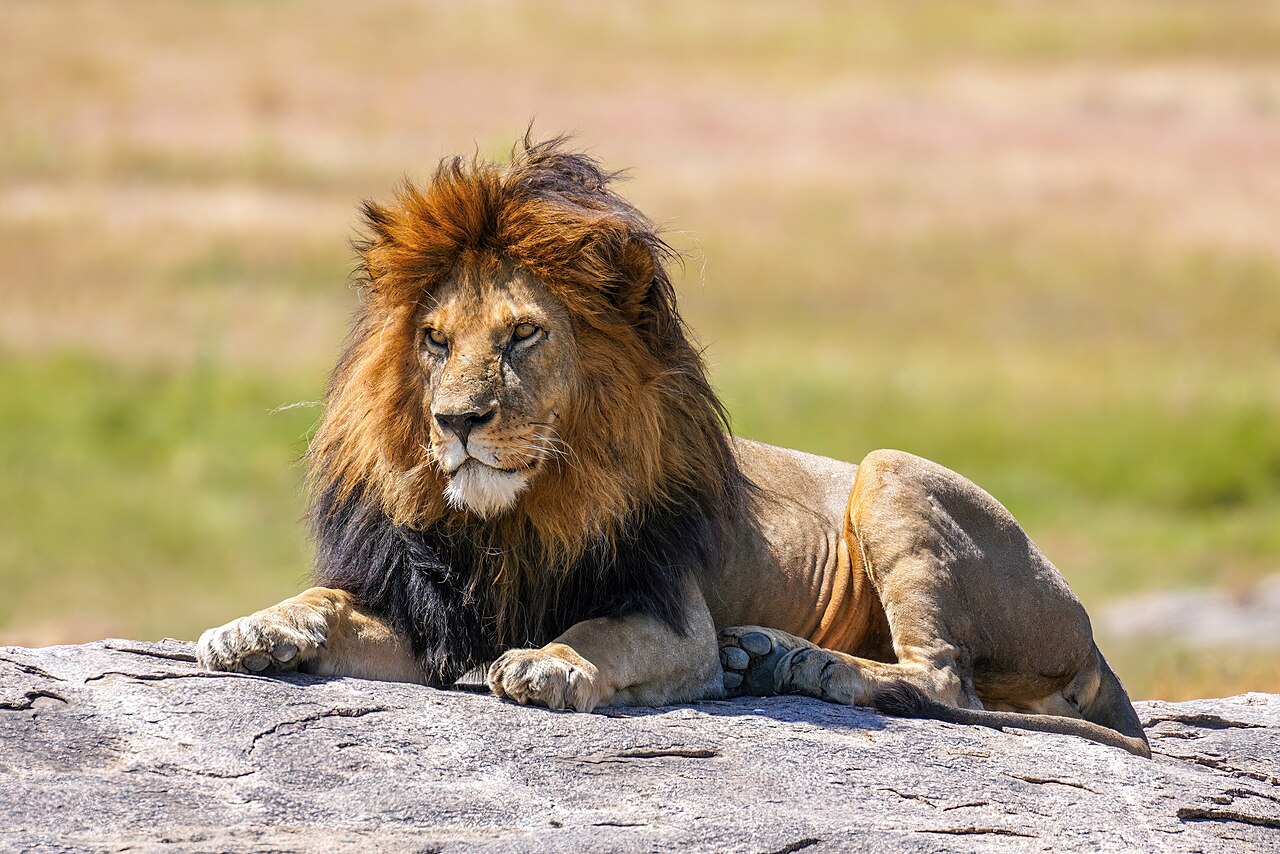A recent study published in Current Biology challenges the long-held belief that humans have always been the dominant predators. The research focused on the infamous “Man-eaters of Tsavo,” two lions responsible for killing dozens of workers on the Kenya–Uganda Railway in the late 19th century. By using advanced DNA analysis, the study reveals new insights into the diet of these lions, including the significant discovery that humans were part of their prey.
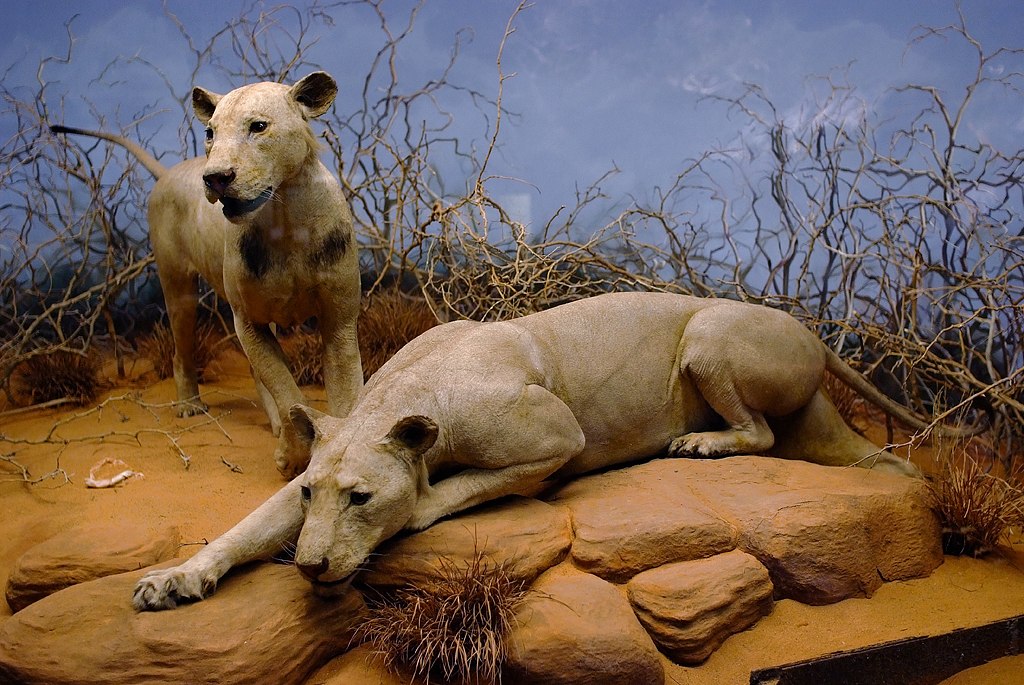
In the late 1890s, these maneless lions caused widespread terror among railway workers, with historical accounts suggesting they killed at least 31 people, though some estimates go even higher. The lions were eventually killed by British railway administrator John Henry Patterson in 1898. Their remains are now on display at Chicago’s Field Museum, where they have continued to intrigue researchers and visitors alike.
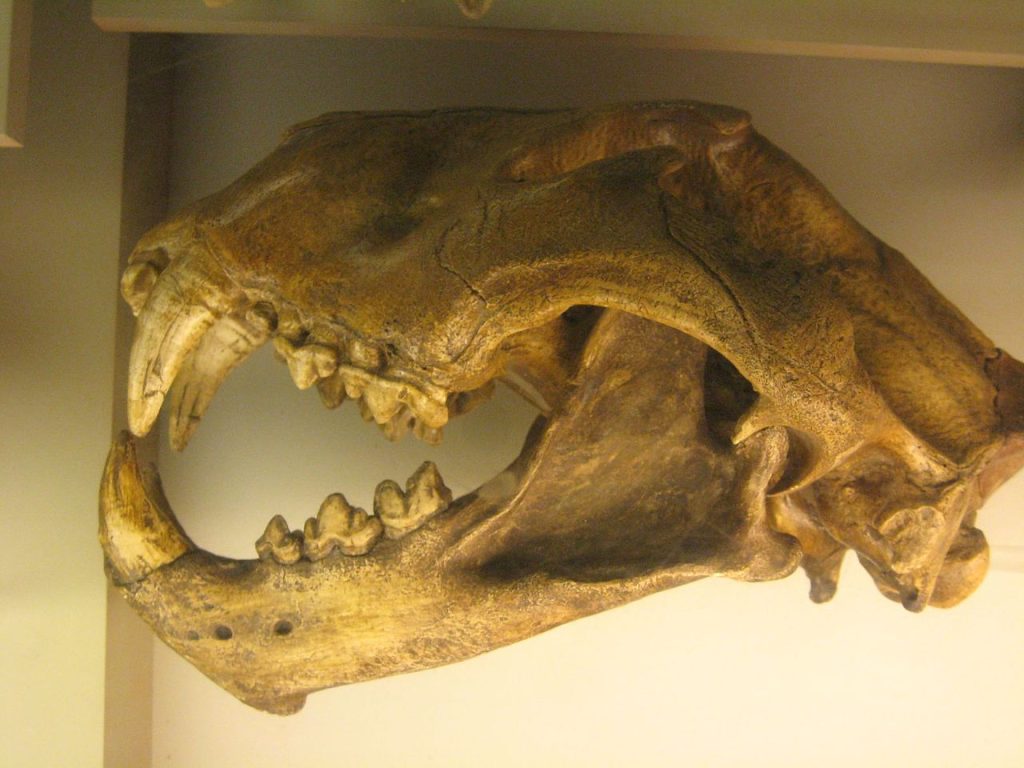
Until now, much of what was known about the lions’ diet was speculative, based primarily on historical reports. However, the new DNA study has provided concrete evidence by analyzing hair samples taken from the tooth cavities of one of the lions. The hair revealed a surprising variety of prey, including giraffe, human, oryx, waterbuck, wildebeest, and zebra. This was determined through a comparative analysis of the mitochondrial DNA (mtDNA) in the hair samples, which were matched to reference databases.
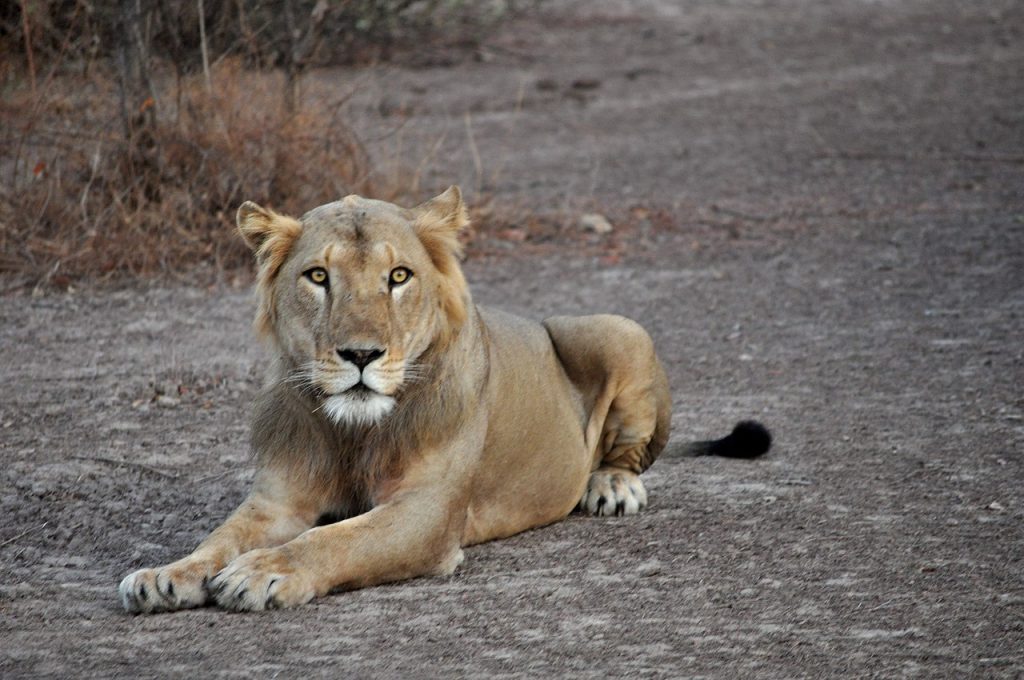
One particularly striking discovery was that of human DNA in one of the hair samples, referred to as “hair 4.” The human DNA displayed typical degradation patterns found in ancient or historical samples. By using a tool called MITOMASTER, the researchers were able to predict that the individual to whom this hair belonged had a mitochondrial haplogroup K2a (K2a2a1). While this finding is fascinating, the researchers caution against drawing conclusions about the ancestry or ethnic background of the individual, as the mtDNA traces only the direct maternal line and current data is limited in scope. Haplogroup K has been identified in East African populations, but further research is needed before any definitive conclusions can be made.
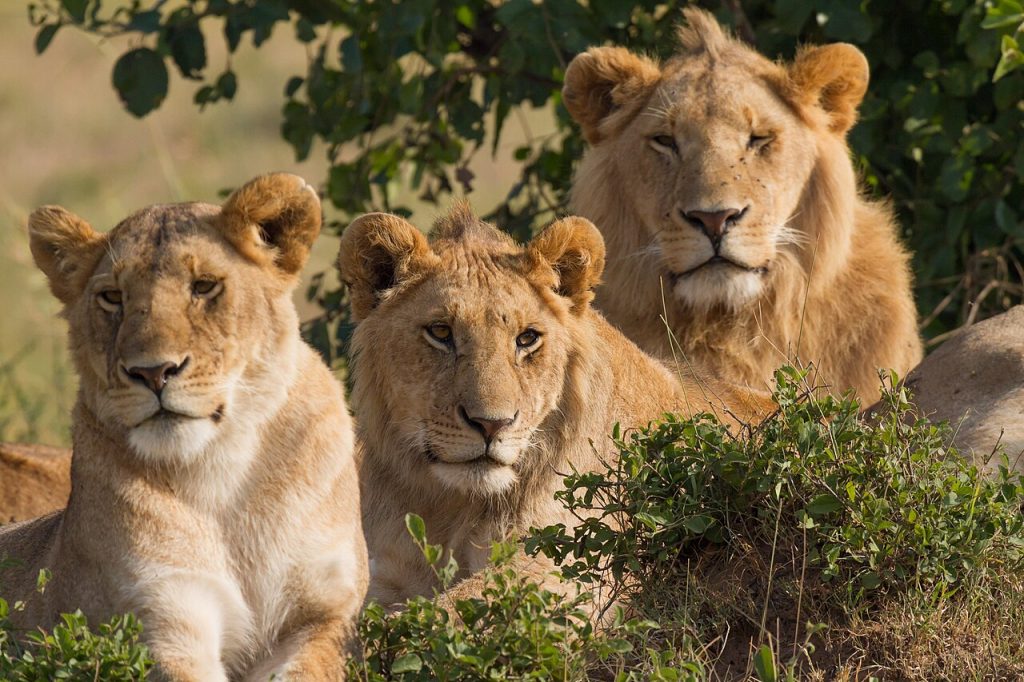
The study’s confirmation that the Tsavo lions consumed humans adds a new layer of complexity to the story. Far from being anomalies, these lions were opportunistic predators who incorporated humans into their diet when other prey was scarce. This fact challenges the common assumption that humans were always the dominant predators in their environment. In the context of late 19th-century Kenya, humans were clearly not immune to becoming prey, hunted just like other large herbivores of the region.
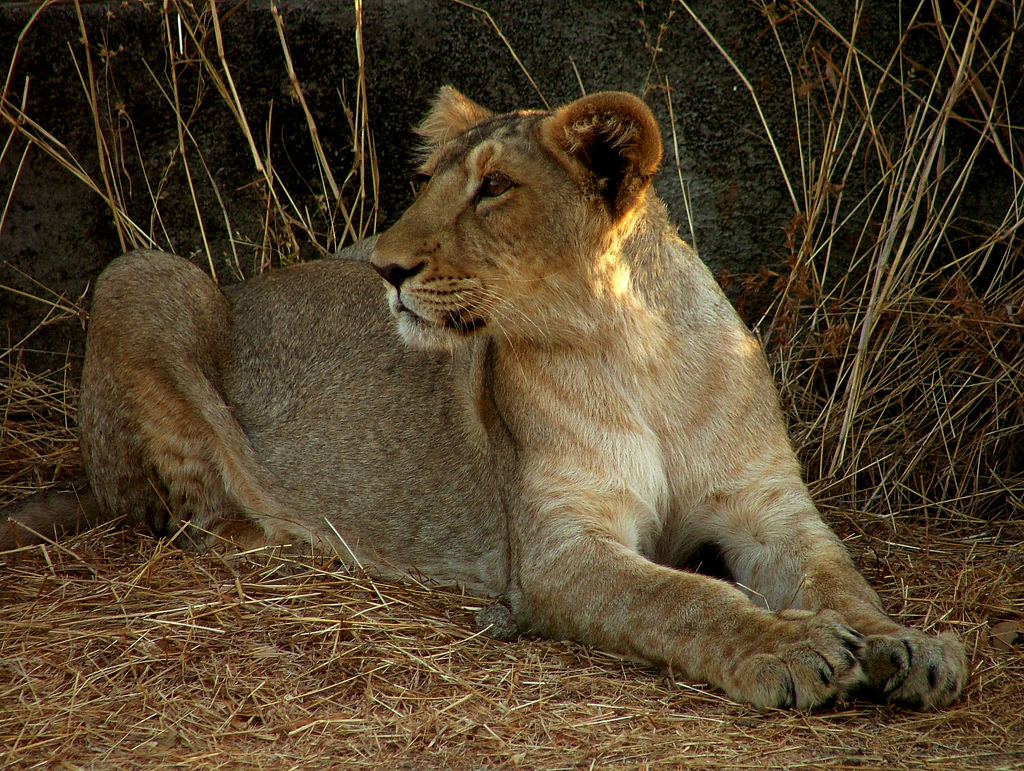
This finding invites a reevaluation of human history. For much of our existence, humans were part of the broader food chain, often at the mercy of larger predators. Only through technological advancements, improved tools, and social cooperation did humans eventually climb to the top of the food chain. The study highlights how fragile that position once was, with humans living in environments where they were vulnerable to predation.
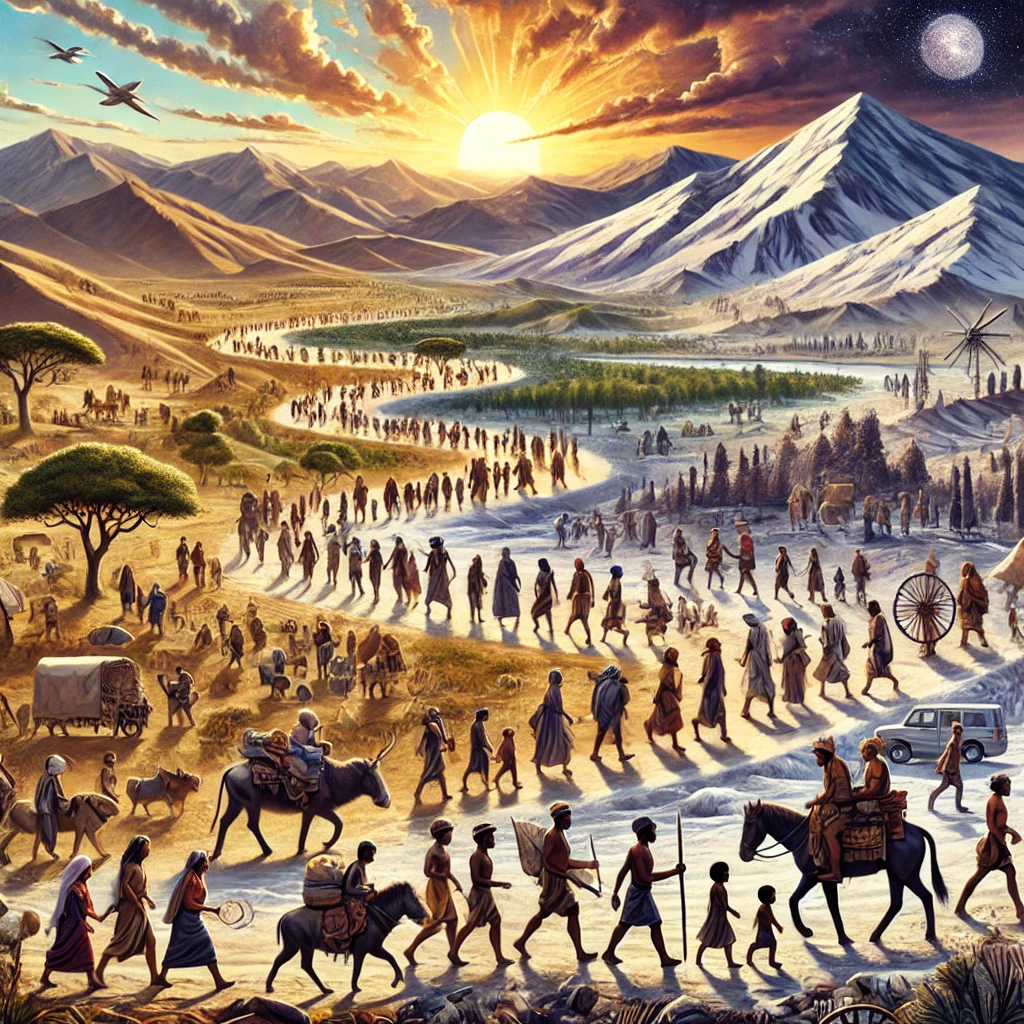
The discovery of human DNA in the diet of the Tsavo lions also raises questions about human migration and demographic patterns in East Africa during this time. Although the study refrains from making definitive claims about the ancestry of the individual, it opens the door to further exploration of human populations in the region during the colonial period. As the researchers point out, responsible science requires engaging with local communities and respecting the complex history of the area.
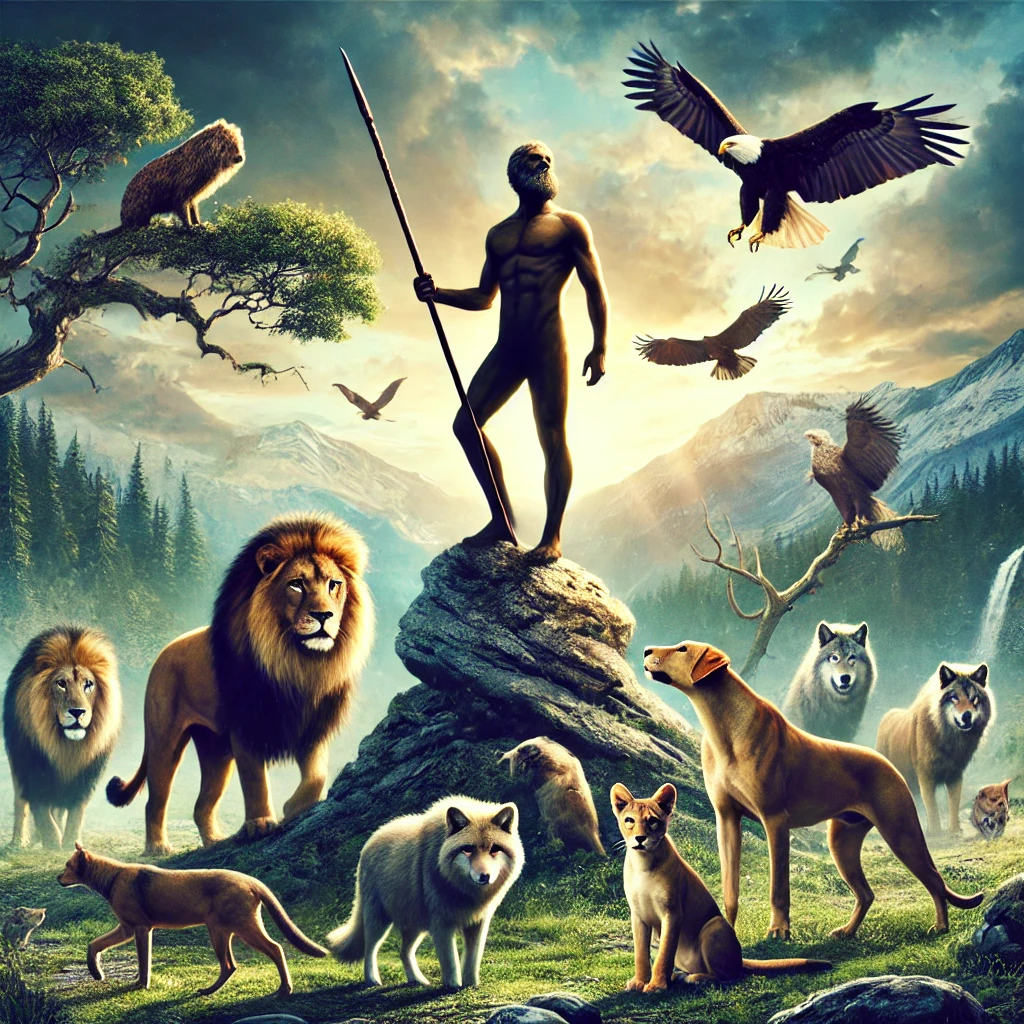
This study provides a vivid reminder that humans were not always the apex predator. The Tsavo lions’ consumption of human prey demonstrates that, at least in certain contexts, humans were subject to the same threats as other species. While modern humans have become accustomed to their position at the top of the food chain, this research underscores that our place in the natural order was once far more precarious. Advances in DNA analysis continue to reshape our understanding of the past, revealing the dynamic and often dangerous interactions between humans and other predators.


